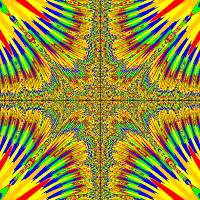Hello, I'm trying to make a slider go up and down with the arrow keys and I have this code so far:
Thank you!
1 2 3 4 5 6 | setRotation(90);if (Greenfoot.isKeyDown("up"))move(-7);if(Greenfoot.isKeyDown("down"))move(7);setRotation(0); |



